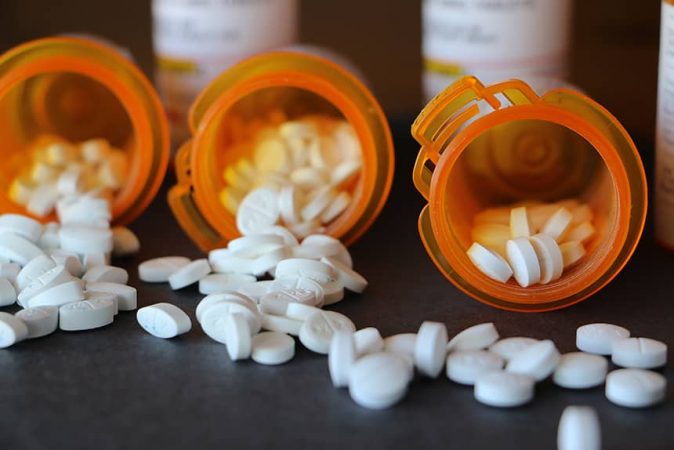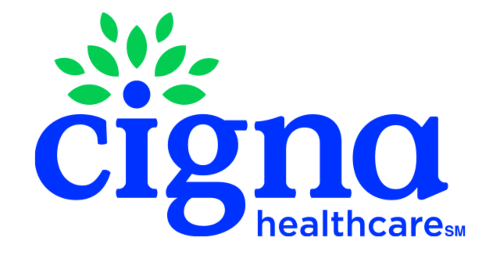In 2019, the number of drug-related death reached over 70,000 in America. According to the CDC, an estimated 70% of those deaths were linked to opioid abuse.
If you or a loved one struggles with opioid addiction, you’ve come to the right place. We often hear about the opioid epidemic in broad terms, but that doesn’t always answer our questions about individual opioids, the effects opioids have on the brain and body, and how we can overcome opioid addiction.
Oftentimes, the first step in overcoming addiction isn’t just admitting that addiction is present. It’s also understanding how that addiction works and why.
Read on to learn more about opioids and begin the journey to recovery today.
What Opioids Do to the Brain and Body
Opioids are a class of drugs that have pain-relieving properties. Opioids are highly euphoric and often sold as “street drugs” — the most common heroin.
However, many people are introduced to the feeling of opioids through prescription medications. These medications (commonly codeine, hydrocodone, and morphine) are given to people after surgeries, chronic pain, or even sore throats.
They work very well for this as the brain has natural opioid receptors. When opioids are introduced into your system, they act on these receptors to block feelings of pain.
In addition, opioids produce the neurochemical dopamine, which is associated with feelings of pleasure and euphoria.
Because of the connection opioids have to dopamine release, it is easy for people to form a chemical dependency when taking opioids. Our brains are constantly looking for ways to release those feel-good neurochemicals because dopamine plays a large role in the brain’s reward system.
This can too easily cause us to seek dopamine release through opioid use over and over again. In fact, prolonged usage of opioids can cause the body to suppress the natural production of dopamine and other endorphins.
Unfortunately, many individuals do not realize they have formed this dependency until they experience symptoms of withdrawal or begin taking larger quantities of opioids to produce the same results.
Opioids vs Opiates
You have likely heard the term “opioid” as well as the term “opiate.” Some people may misleadingly use these terms interchangeably. Let’s clear up what the difference is between these terms.
For starters, all opiates are opioids. Not all opioids are opiates.
Opiates are naturally occurring substances derived from the opium poppy plant. That means that the active ingredient in an opiate was not synthesized in a lab. Opioids that are not opiates are either semi-synthetic or completely synthetic.
Common Opiates
Common opiates can be found in prescription drugs patients may be given after suffering a serious injury or recovering from surgery. As we mentioned earlier, opiates are created from a naturally occurring substance in opium (aka poppy seeds or poppy plants). They have been used for centuries to treat things like pain and insomnia. Short-term, monitored use of opiates can be safe.
Common opiates include:
Codeine, which can be prescribed or found as an active ingredient in some over-the-counter drugs
Morphine, a commonly prescribed pain relief drug that is responsible for a large number of accidental drug overdoses
Demerol, which is rarely prescribed but may be used in IV drips
Because opiates require a prescription, a common sign of opiate addiction is “doctor shopping.” Doctor shopping is a term used to describe the act of seeking medical attention from a wide number of doctors in order to procure a large number of addictive medications.
Common Semi-Synthetic Opioids
Many opioids are considered semi-synthetic. Semi-synthetic means that the starting ingredients for a drug are natural (e.g., opium), but they are then modified in a lab to produce the desired effect. Some semi-synthetic opioids are prescription drugs while others are, as we mentioned earlier, “street drugs.”
Common semi-synthetic opioids include:
- Heroin, which is made from morphine and is not a legal or prescribable drug anywhere in the US
- Oxycodone, the active ingredient in OxyContin, a time-release pain relief drug
- Hydrocodone, a medication derived from codeine or thebaine (both active ingredients in opium)
- Hydromorphone, a medication derived from morphine (another active ingredient in opium)
Common Synthetic Opioids
Synthetic opioids are not at all derived from naturally occurring ingredients. Instead, they are 100% lab-created. Synthetic opioids may be prescribed for pain relief. Still, due to their high potency and likelihood to cause dependency, they should only be used when usage is 100% monitored by a medical professional.
Common synthetic opioids include:
- Fentanyl — a pain relief drug that is similar to morphine but is synthesized to be 50 to 100 times more potent
- Tramadol — a pain relief drug that is similar to codeine, providing less euphoria.
- Buprenorphine — a partial agonist synthetic opioid, meaning it has low activity and produces less euphoric effects. It is often used to treat opioid addiction.
Oftentimes, synthetic opioids are used to treat extreme pain when the patient is allergic to or no longer responds to other opioids.
Opioid Antagonists: Reversing Overdose
Opioids work by activating opioid receptors to do things like slow the central nervous system, block pain, and more. Opioid antagonists work to do the exact opposite and are typically used to reverse the effects of an opioid overdose. They do so by blocking opioid receptors so that the opioids in a person’s system are stripped.
Common opioid antagonists include:
- Naloxone — used to prevent opioid misuse or prevent overdose
- Naltrexone — used to block the effects of opioids and commonly prescribed to help prevent relapse during and after treatment
Seeking Treatment for Opioid Addiction and Dependency
Opioids are drugs that can work wonders on chronic or temporary pain. However, because of the effect opioids have on our brain’s pleasure center, they are also highly addictive. If you or a loved one have developed an opioid addiction or dependency, it is important to seek help.
Recovering from opioid addiction is possible, but medical attention and monitoring are recommended for safety and effectiveness. Contact us today to find out more about our detox and addiction treatment programs at Safe & Sound Treatment.


















